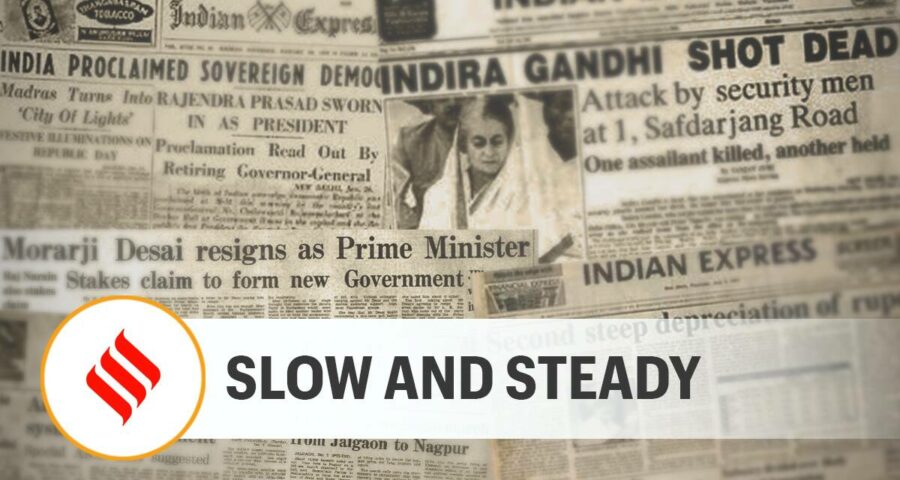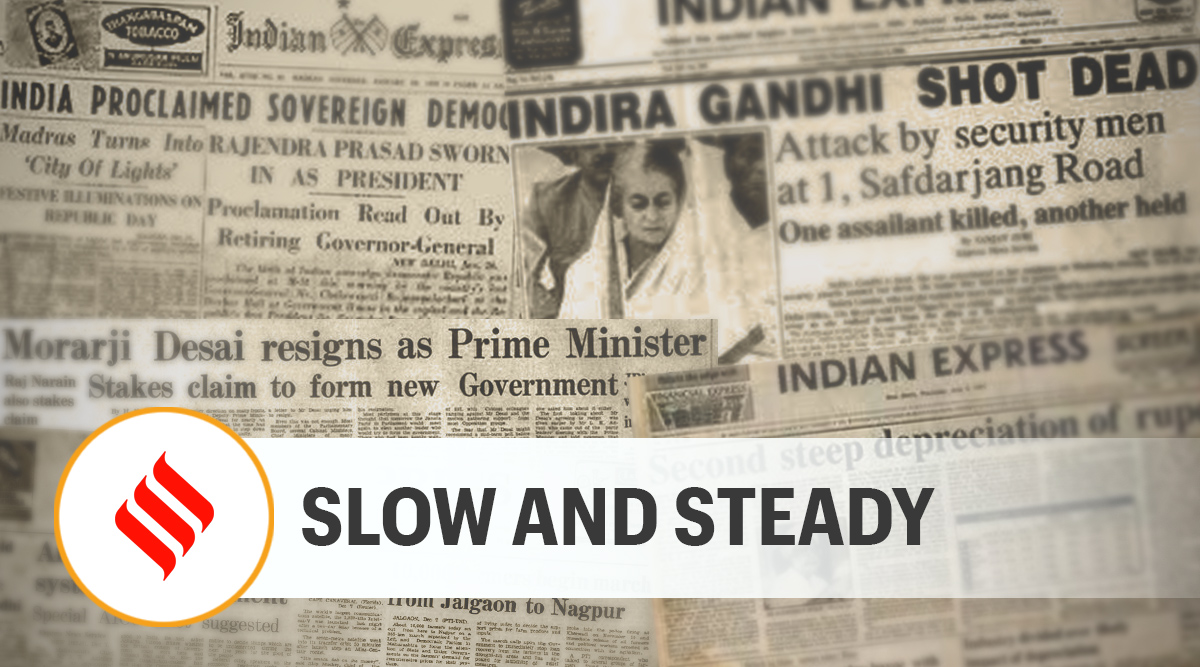It is hoped that the suspension of patrolling is only a temporary measure — the Indian officials have said it is — until a larger resolution of the differences on the border question takes place between India and China.
On the face of it, the disengagement by the Indian Army and the Chinese People’s Liberation Army at Patrolling Point 17A at Gogra Post in Eastern Ladakh is a positive development, but amid the continuing tensions in the larger theatre of the western sector of the LAC, it is hard to see it as a breakthrough of any kind. The disengagement took place after the 12th round of military commander-level talks and, according to the Indian side, was carried out on August 4 and 5. Disengagement means that troops of the two armies deployed at the point will no longer be eyeballing each other, a situation that could quickly go out of control as it did in the Galwan Valley last year. However, the situation in the Gogra Post area, that involved perhaps less than 50 soldiers on each side, was not as dire as it was on the northern bank of Pangong Lake, where a similar disengagement took place in February this year from an almost war-like posturing by both sides with tanks and troops facing each other over a distance of a few hundred metres.
Both armies are said to have removed all their temporary structures from near PP17A. As at Galwan and Pangong, a mutually agreed no-patrolling zone has been created, and the troops have fallen back to their respective bases. From the Indian point of view, this means that the extent of patrolling of the troops has shifted further inward from PP17A. It is hoped that the suspension of patrolling is only a temporary measure — the Indian officials have said it is — until a larger resolution of the differences on the border question takes place between India and China.
Further rounds of talks may yield similar disengagement at PP15 in the Hot Springs area, which has been another friction point. That will still leave the Depsang area, where Indian troops were patrolling upto the extent of PP 10, 11, 11A, 12 and 13 until February 2020, but are now being prevented from proceeding beyond a point that is about 18 kms inside Indian territory. There have also been reports of a massive build up of military infrastructure by China in the area, on its side of the LAC. Considering that the relatively flat terrain of Depsang makes it vulnerable to an offensive, and the Chinese posturing in this area poses a threat to the strategically important Darbuk-Shyok-Daulat Beg Oldie Road, resolving differences in this area is what actually matters now. Unless that happens, de-escalation — the reduction of the total number of troops deployed, around 50,000 on the Indian side — in eastern Ladakh, and a breakthrough towards the overall reduction in India-China tensions, will remain elusive goals.
This editorial first appeared in the print edition on August 10, 2021 under the title ‘Slow and steady’.
Source: Read Full Article


